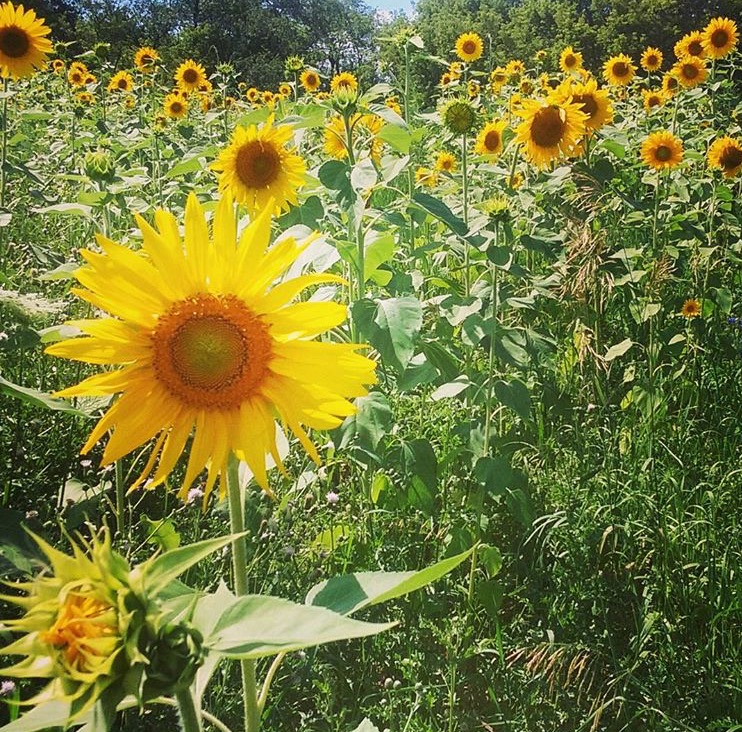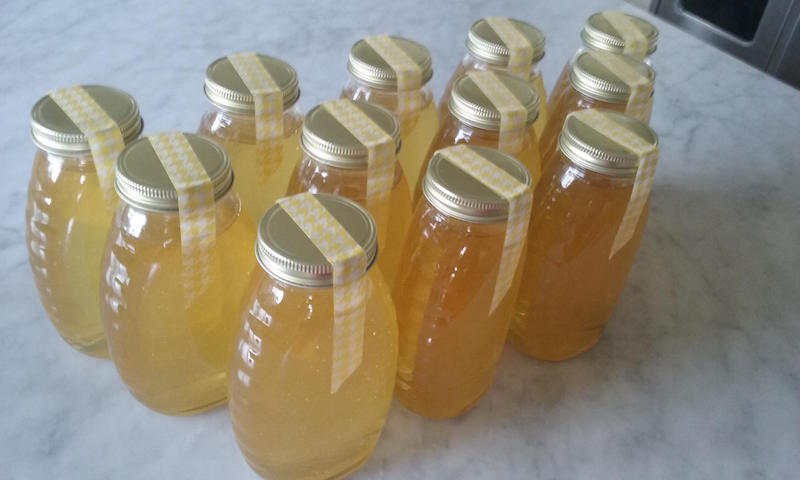When you buy a lake house, you should be prepared to buy the things that need to fill that lake house. I’m not talking about couches, or end tables, beds or lamps, because those are optional. I’m talking about boats and tubes, skis and life jackets. I’m talking about front yard bocce ball and back yard volleyball nets. I’m talking about trampolines for the water and wake boards for the wakes. Just as I consider bread a vehicle for butter, a lake house is simply a vehicle for the accumulation of water based toys.

You could accumulate these water toys if you live in the city. You could store them in your garage, or in your mechanical room, and you could go look at them from time to time. You could even put those toys into the back of your SUV and drive to some lake, where you could indulge those toys in their preferred habitat. But you wouldn’t do that, because that’s ridiculous, and we all know that lake things belong at the lake just as city things belong in the city.
When I moved to the country, I rather immediately found out that I would need country toys, and country things. I bought an ATV within days of buying the land. I bought a water tank for the back of that ATV, so I could water the flowers that I planted on that land. Then I bought a shotgun so I could shoot intruders and wild animals, but really just so I could shoot in the general, vague direction of thrown clay pigeons. I bought a tractor, a big green one with a bucket and a tiller on the back, and during the negotiations with the dealer I tried very hard to act the part. I stared at my shoes and spoke with a drawl, like Hillary at a Kentucky fundraiser.
Once I had the ATV, the shotgun, the John Deere, things seemed country complete. Then my wife wanted chickens, or perhaps another baby, so I bought her a new dog instead. He’s a fine dog, handsome even. But that wasn’t enough, because when you live in the country you have options available to you.
It is no secret that honey bees are dying. They’re dying for various reasons, depending on who you ask. The environmentalists would have you believe it’s the fault of Big-Ag. Big-Ag would have you believe it’s the hippies fault. People in the country think it’s the fault of people in the city, and people in the city think it’s the fault of the unsophisticates that reside in the country. The United States thinks it’s Mexico’s fault, and Mexico blames Arizona. There’s blame to go around, to be sure, but my wife decided that it was up to us to fix this bee dilemma.

I was told this endeavor would cost around $500. I thought it was a nice idea, to single handedly solve this bee problem. After the first $500 was spent on some wooden boxes, there was another $500. Oh, you wanted bees, too? The bees arrived in a box, many, many thousands of them. They were dumped into the wooden boxes that my wife had since painted a pleasing light green, and then we waited to see if the bees would like their new home. We planted wildflowers everywhere, so many that I’m almost embarrassed to share with you this picture of the bounty. The bees were happy with their light green boxes, happy with their wildflowers, happy with the sunflowers that came after.
There was another $500 that needed to be spent, maybe for some gloves or a special crow bar, or maybe for a tin smoker. I tried to avoid involvement, as these were my wife’s bees, not mine. Once, I walked sort of close to the bee hives (we have two), and I was promptly stung. There are apparently two different sorts of bees in the two different hives. One sort is calm, the other is aggressive and antagonistic. One of the two filled their honey supers (expensive painted boxes that are stacked on top of the other expensive painted boxes), the other hasn’t really made much honey, which is likely the fault of Big-Ag.
Last week, my wife rented the devices necessary to extract honey from the boxes. I was not present for this, partly because I was working but mostly because I knew I shouldn’t be around for the process. When I returned that night, my wife was rightfully proud of her good work, but nearly every surface of the house was covered in honey. Some of the honey made it into glass jars, and that honey is now stacked proudly in my house. It’s good honey, minimally processed, pure, beautiful, delicious, sticky honey.

Because you’re reading this, you have a very distinct opportunity. You can buy some of this honey. It’s $10 for a 16 ounce bottle. The cost per bottle is approximately $95, so you’re getting this honey at a rather impressive discount to actual cost. These bees were minimally handled, and we made sure that the flowers on our property were not treated with any chemicals or fertilizers. The end result is pure honey that came from very happy bees. The bees are happy because we only stole some of their honey, not all of it. My wife is happy because she has successfully navigated her first season as resident beekeeper. And I’m happy because my property is still chicken free.
